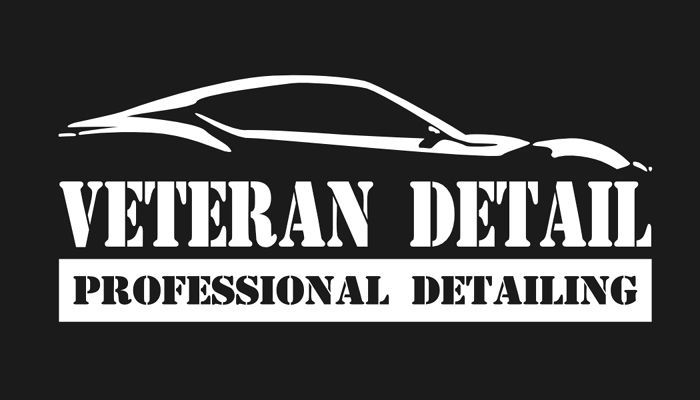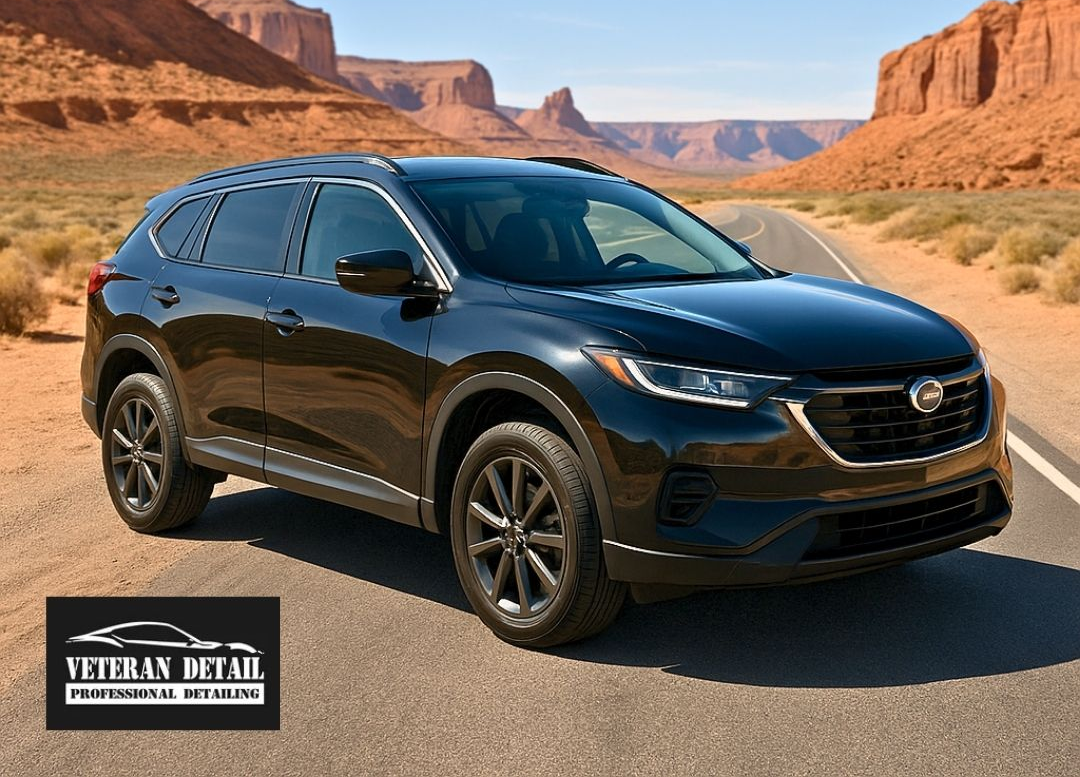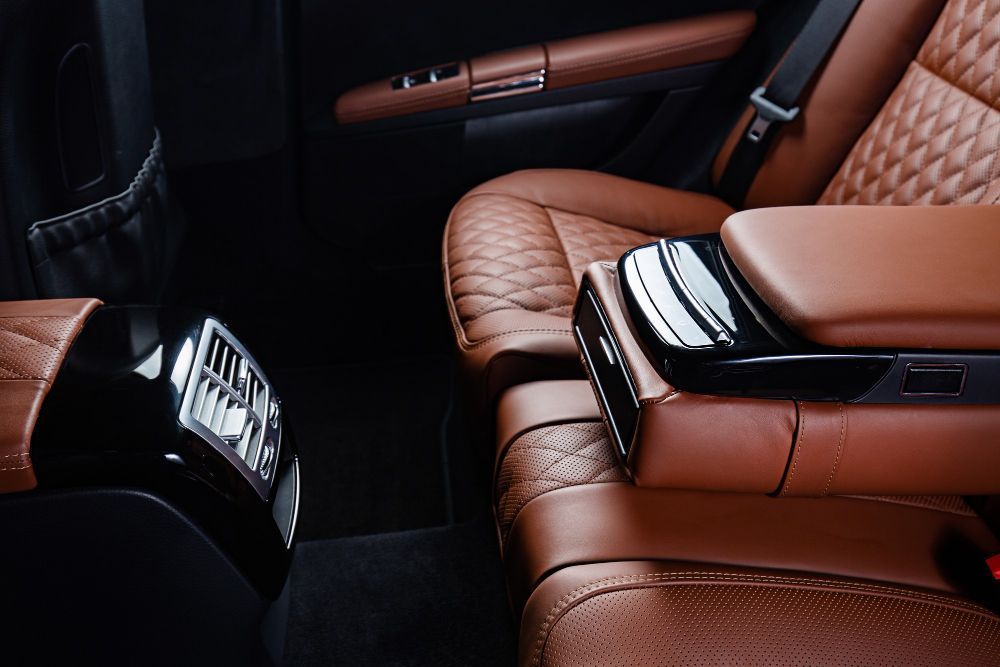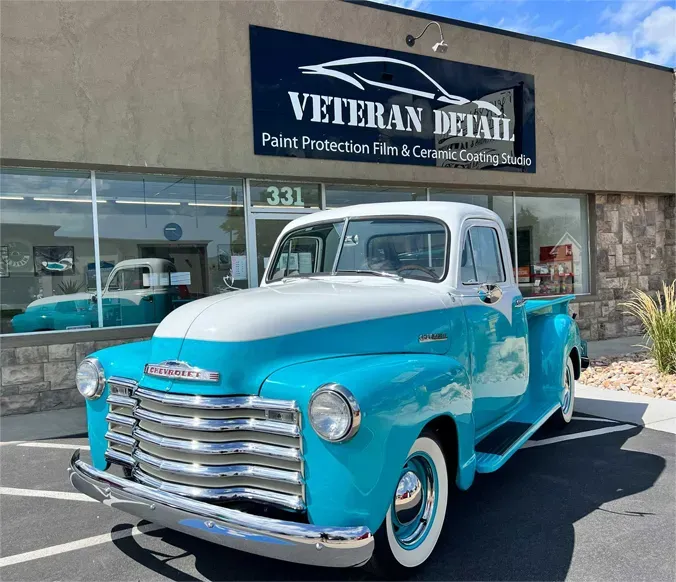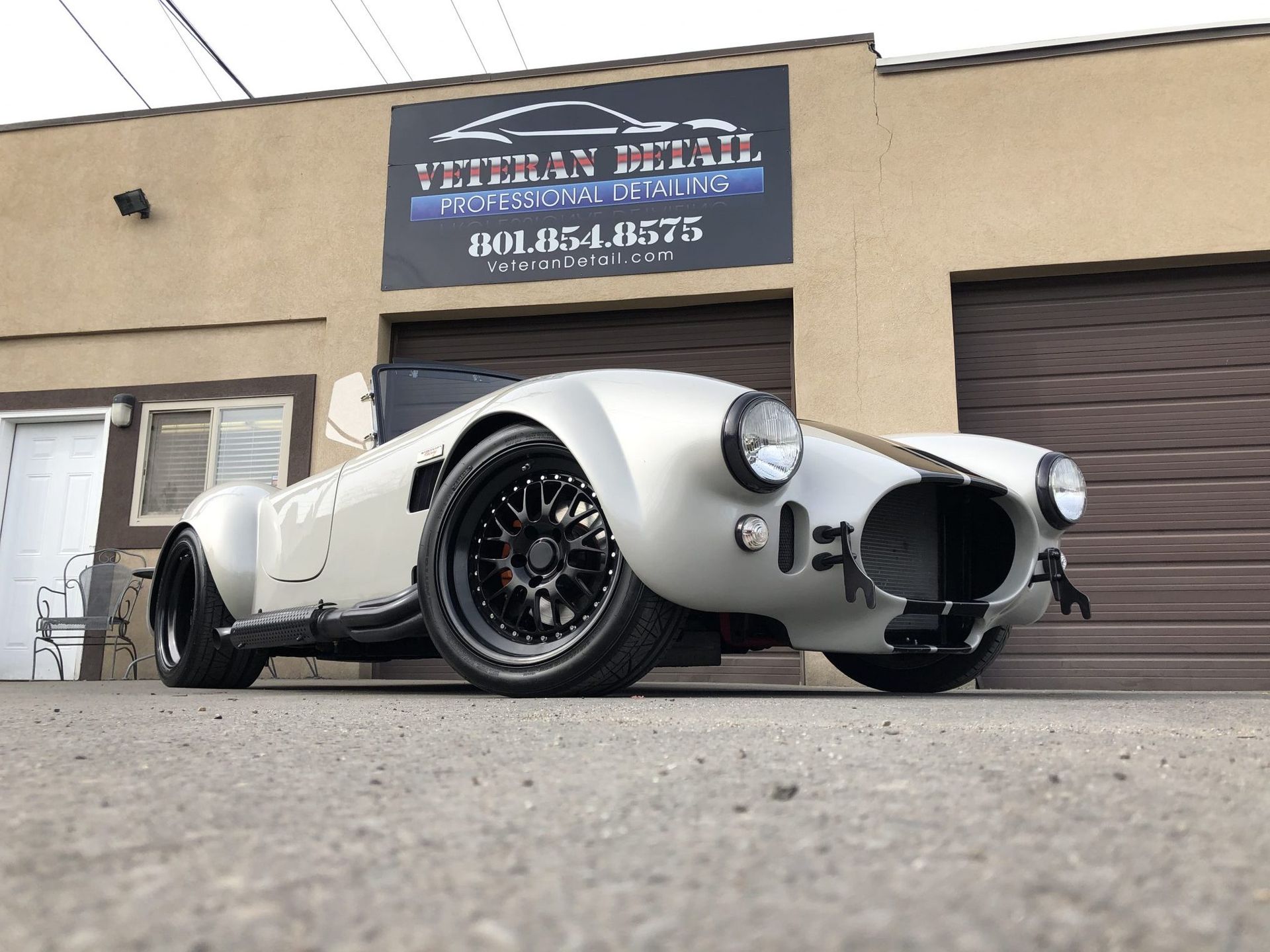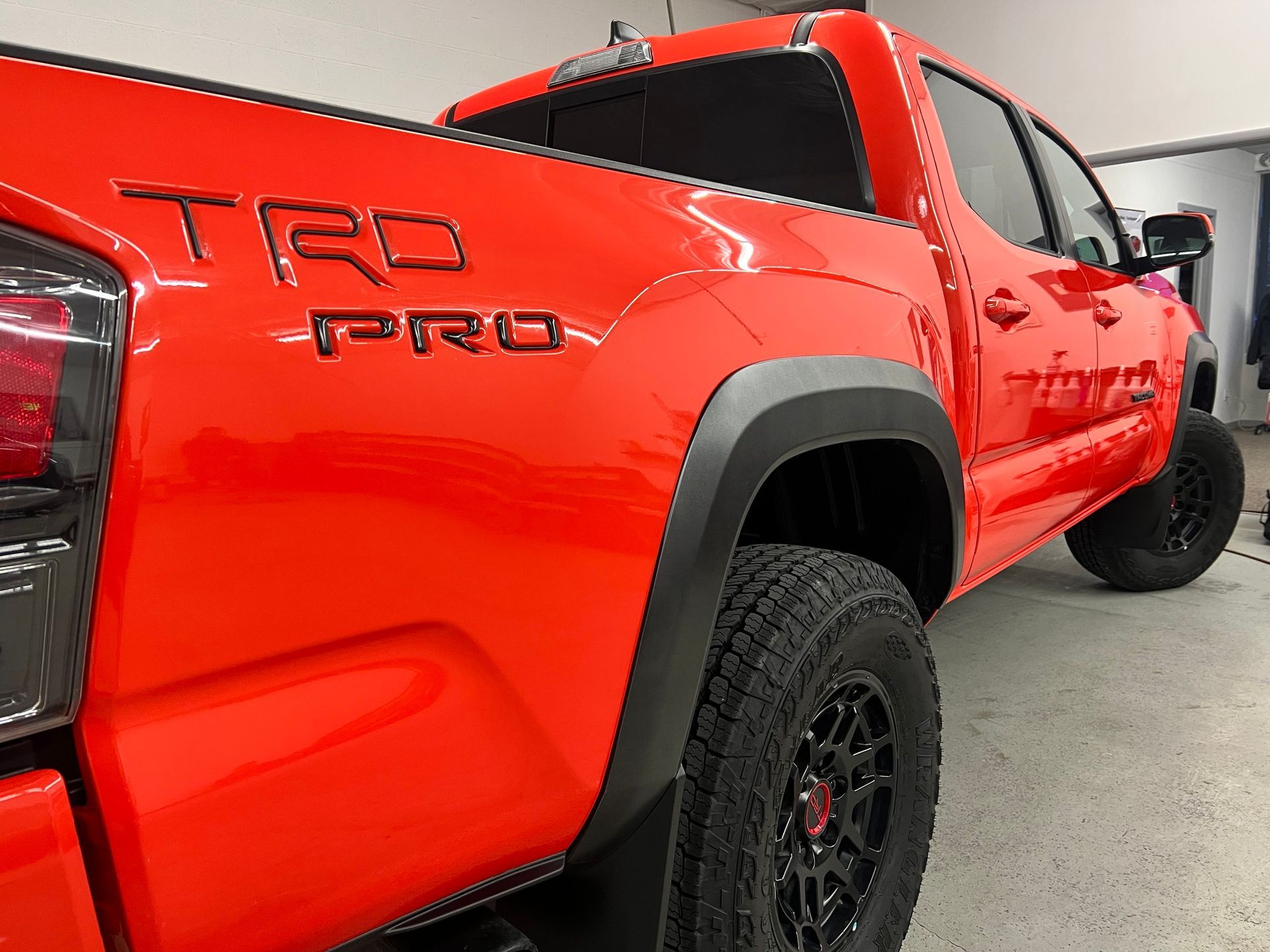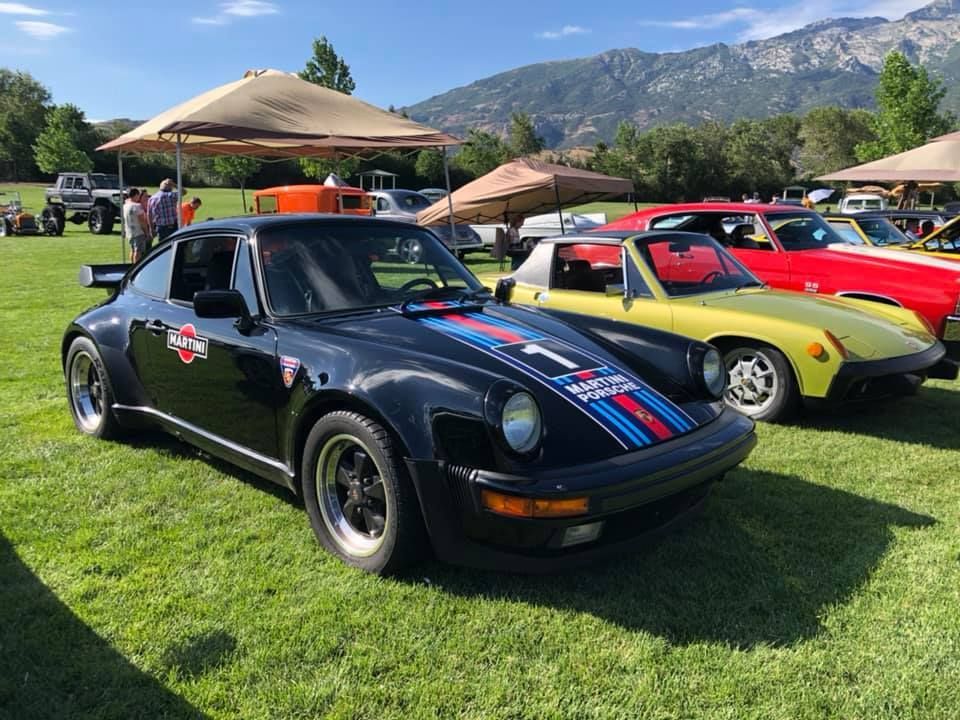Preserving your classic car: Detailing must-do’s before a Utah car show
Classic car shows in Utah aren’t just about chrome and horsepower — they’re about stories, craftsmanship, and pride. Every gleaming curve and reflection tells people how well you’ve cared for your vehicle. But when sunlight hits faded paint or dusty trim, that story changes fast.
Utah’s mix of dry air, hard water, and bright UV exposure makes pre-show detailing a balancing act. You’re not just cleaning — you’re preserving. Here’s how to bring out the best in your classic without erasing the history that makes it special.

Why classic cars need special detailing
Unlike modern cars, classics were built with different materials and finishes. Many have single-stage paint that oxidizes easily, chrome that pits under harsh cleaners, and leather that cracks if it dries out. Add Utah’s altitude and temperature swings, and it’s easy to see why these cars demand gentler hands.
Detailing a vintage car isn’t about making it look brand-new — it’s about showing off authenticity. The trick is reviving depth, not rewriting character.
The pre-show detailing sequence
If you want your car to shine on display day, follow a sequence that respects the materials while building toward that unmistakable “show-ready” glow.
Step 1: Start with a soft wash
Every great finish begins with a proper wash. Rinse away dust before touching the paint — Utah’s red dirt acts like fine sandpaper. Use a pH-balanced soap and soft microfiber mitts, working top to bottom. Rinse often to keep grit off the surface, and dry gently using plush towels or filtered air.
Step 2: Bring life back to the paint
Older paint can lose its clarity, especially single-stage finishes. Light oxidation or swirl marks dull the color. Use a mild polish by hand or with a soft finishing pad. Work slowly and check your towel — if it picks up pigment, that’s normal for single-stage paint.
Once the finish feels smooth and looks deep again, top it with a carnauba wax. Wax adds that warm, period-correct glow that judges love and helps seal out dust during transport.
Step 3: Perfect the chrome and brightwork
Nothing catches show lighting like clean chrome. Use a gentle metal polish — never abrasive compounds — and a soft microfiber cloth. Once the shine returns, seal it with a wax or chrome protectant.
Focus on the small stuff: wiper arms, mirrors, handles, and grille trim. Those are the details that separate good prep from great presentation.
Step 4: Refresh the interior
Show judges and spectators often peek inside, and a clean cabin says as much about your care as the paint does. Vacuum crevices and seams, brush out vents, and condition any leather or vinyl to prevent cracking. Keep finishes natural — glossy dashboards and slippery seats look wrong in vintage cars.
If your interior features real wood or old plastic trim, skip harsh cleaners. A damp microfiber cloth and mild interior detailer are all you need.
Step 5: Detail the engine bay
A tidy engine bay doesn’t mean sterile — it means clean and authentic. Use brushes and towels to remove dust, then wipe metal components with a mild degreaser or protectant. Avoid high-pressure washing; vintage wiring and seals can’t handle it. A light dressing on hoses and rubber parts gives everything a cared-for look without overdoing it.
Step 6: Show-day finishing touches
Even after perfect prep, your car will pick up dust or fingerprints on the way to the show. Keep a quick detail spray and a few microfiber towels on hand. Wipe in straight lines, never circles, and go easy on product. Buff glass last — it’s the final step that gives your car that crisp, polished look under bright Utah sunlight.
Avoid these common mistakes
Even seasoned owners can accidentally harm their classics in the rush to get ready. Keep these in mind before the big day:
- Over-polishing: Too much machine work can thin vintage paint and cause permanent fade.
- Over-dressing interiors: Glossy, greasy finishes don’t look period-correct and attract dust.
- Skipping the undercarriage: Judges notice clean wheel wells and tidy suspension parts.
- Using harsh chemicals: Industrial cleaners can strip old wax, stain chrome, or dry out rubber.
A steady hand and the right products will always beat speed.
FAQs
- When should I start detailing before a show?
Begin about a week before. That gives your wax time to cure and allows room for any corrections without rushing. - Can I use ceramic coatings on a classic car?
Only if it’s been repainted with a modern clear coat. Original single-stage finishes should stick with waxes and sealants to maintain authenticity. - How do I keep dust off during the event?
Use a soft microfiber and a body-shop-safe detail spray. Wipe gently in straight lines to avoid micro-scratches. - What’s the best wax for a show car?
Carnauba wax remains unbeatable for warm, rich depth. It’s perfect for natural sunlight and period-correct shine. - Should I clean the underside of the hood?
Yes — wipe it down with a damp towel and light cleaner. Judges notice, and it frames the engine nicely.
Conclusion
Preparing a classic car for a Utah show isn’t about chasing perfection — it’s about honoring craftsmanship. Every gentle polish, every hand-applied wax, every careful wipe builds toward a finish that feels timeless.
Utah’s conditions can be tough on older materials, but with
patient detailing and authentic presentation, your car won’t just look ready for a show — it’ll look ready for history.
